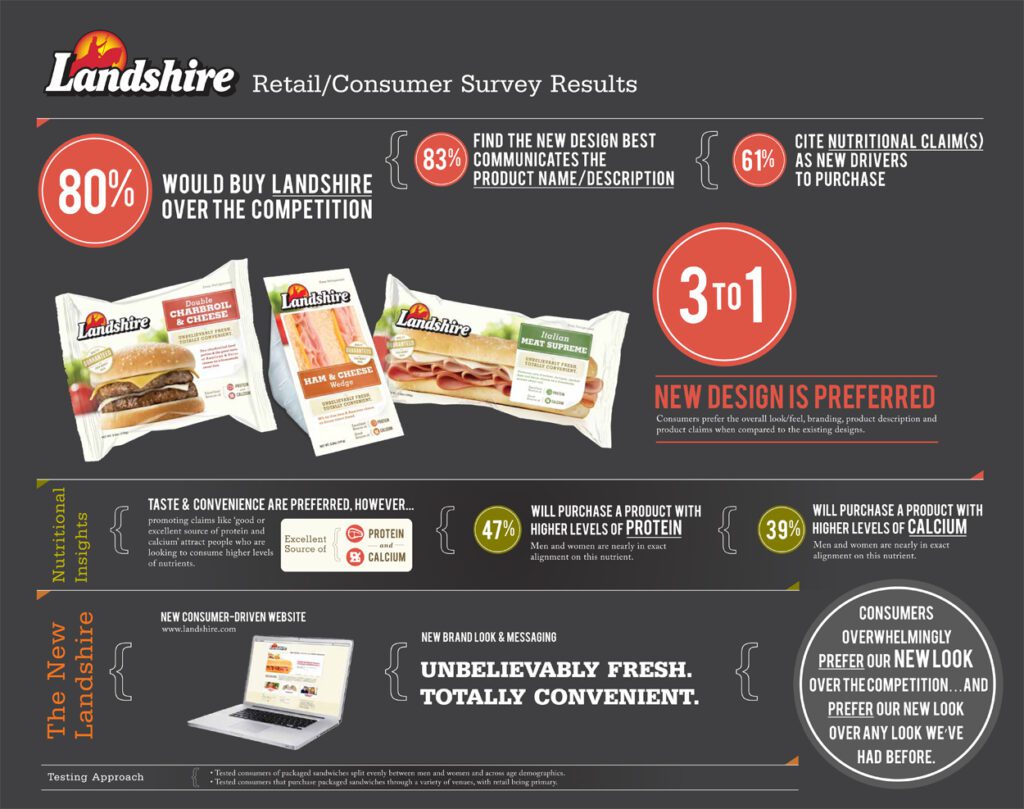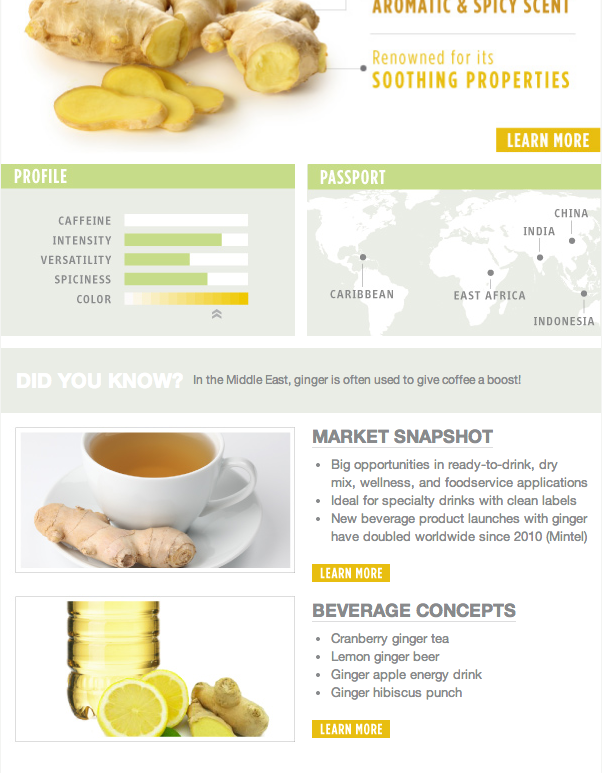Eating in America: Trends and Takeaways

Our food industry friends over at IFT posted a fantastic 2013 recap/aggregation of food industry trends in America. Here are a few tidbits that we’ve been discussing internally and with some of our clients recently about eating in America.
Trend: What’s most important to Americans when selecting food? Taste (89% of consumers), price (71%, down from 78% in 2011), healthfulness (64%, up from 61% in 2012), convenience (56%, up from 53% in 2012), and sustainability (36%, down from 52% in 2011).
Takeaways: Taste still reigns, and self-soothing seems to be growing at the expense of outward-facing concern (likely informed to no small degree by consumers’ growing marketing intelligence)
Trend: “Made-from-scratch,” “real,” and “house/homemade” are the descriptors most likely to increase price thresholds for breakfast offerings. Only one in five consumers are willing to pay more for breakfast fare that is low in fat, carbs, sodium, or calories.
Example: As we discussed early last year with our partner IDF, words matter. Even the best-fitting, most legit product will suffer if the way that it’s marketed doesn’t stay ahead of the changing semantic landscape.

Trend: Without a doubt, the biggest change in American eating and food preparation habits is the move to convenient, ready-to-eat fresh fare. Deli snacks experienced the highest growth, up 16.2%, followed by soups +14.4%, sushi +11.4%, dips/spreads/toppings +10.9%, and appetizers +10.1%.
Example: When we partnered with Landshire many years ago to reposition their convenient, ready-to-eat sandwiches, we anticipated this shift toward the unlikely combination of “convenient” and “fresh,” and that foresight reaped great business rewards.
Trend: While just over one-third of consumers say they are more interested in trying new ethnic flavors than they were a year ago, “new and unique” flavors are less likely to lure consumers, dropping from 53% in 2011 to 41% in 2013.
Takeaway: This distinction is subtle but important, this prizing of authenticity over novelty. That line can be hard to draw, but we make sure to work alongside our partners to identify areas where we can ensure a shift away from novelty and toward authenticity, whether in flavor pairings or, on a larger scale, brand messaging.
Trend: Consumers most prefer flavor delivered by the food’s preparation or cooking style (e.g., grilling); just under two-thirds cite seasonings, dips, sauces, marinades, glazes, or spices.
Takeaway: Similar to the previous point, the desire for authenticity often leads to a demand for substance over style, for letting the food or ingredient dictate its preparation and use, for seeking what we can get from the thing rather than adding to it.

Trend: Black/green teas, raspberry lemonade, cranberry juice, soy milk, ginger ale, grapefruit juice, and smoothies posted the fastest growth in restaurant beverages.
Example: We’ve been working with our partner the Martin Bauer Group for the last two years to anticipate these trends and introduce their ingredients as solutions. While trend anticipation is never an exact science, we offer our B2B partners, especially, the benefit not only of industry focus but also of consumer insight to inform their marketing strategy and tactics.
Read the trend summary in its entirety and view a list of sources. And to know how we can help you take advantage of these trends and anticipate the next ones, get in touch today!
